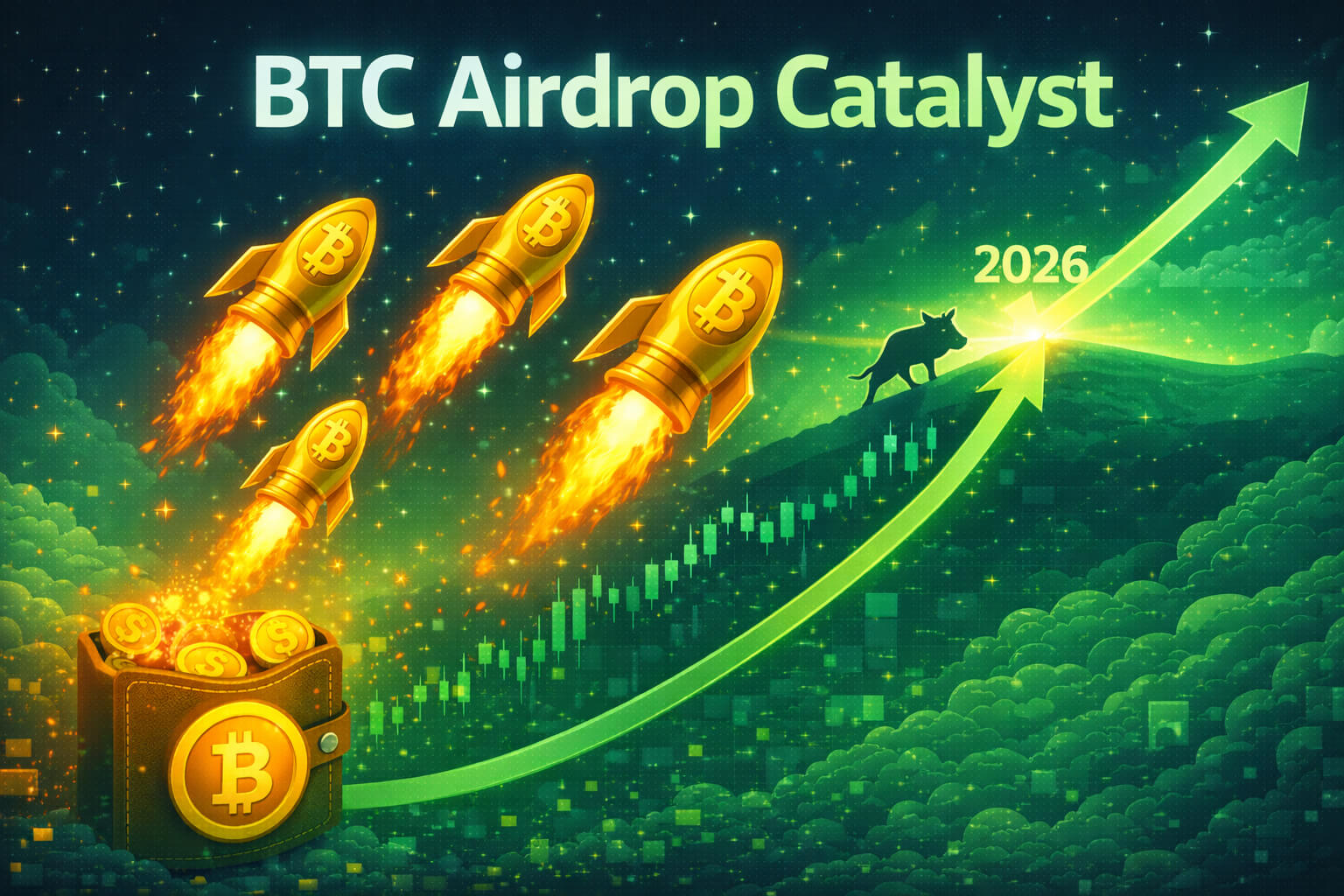In the crypto world, airdrops and burns are essential tools for managing token supply and rewarding communities. Airdrops distribute free tokens to users, building engagement and attracting new followers. Burns, on the other hand, permanently remove tokens from circulation to reduce supply and potentially boost value. When projects combine airdrops and burns, they can create a balanced approach that drives both engagement and long-term token value.
1. What is an Airdrop?
An airdrop is a way for crypto projects to distribute free tokens to users. Airdrops can be used to:
- Reward loyal community members
- Increase awareness and attract new users
- Boost engagement and build loyalty
However, airdrops also increase the token’s circulating supply, which can put pressure on its value. To counteract this, many projects use burns alongside airdrops to help manage the supply.
2. What is a Token Burn?
A token burn permanently removes tokens from circulation, reducing the overall supply. Crypto projects use burns to:
- Control supply and create scarcity
- Potentially increase the value of remaining tokens
- Reward long-term holders by making tokens more valuable over time
By scheduling burns, projects can gradually reduce supply, which helps support a stable token economy. When combined with airdrops, burns help ensure that the token supply doesn’t inflate too quickly.
3. How Airdrops and Burns Work Together
Airdrops and burns can complement each other in crypto strategies. Here’s how these methods work in harmony:
- Reducing Supply After an Airdrop
Airdrops increase token supply, which can lead to a price drop if users sell their tokens quickly. By burning a portion of tokens soon after an airdrop, projects counter balance the supply increase, helping to stabilize the token’s value. This approach allows projects to reach new users without risking excessive dilution of the token’s value.
- Growing Community While Maintaining Scarcity
Airdrops help grow the community, attracting new users and spreading awareness. Burns, meanwhile, create scarcity that benefits long-term holders. For instance, a project might distribute tokens to new users and then burn an equal amount from its reserves, keeping the total supply balanced.
- Building Demand and Value Perception
Announcing both an airdrop and a burn can create excitement in the community. Users know they’re receiving tokens, but they also see that the project is managing supply through burns. This combination of rewards and scarcity can encourage participants to hold their tokens rather than selling them immediately.

4. Real-World Examples of Airdrops and Burns in Action
Several crypto projects use a combination of airdrops and burns as part of their strategies. Here are a few examples:
- Binance Coin (BNB)
Binance regularly burns a portion of BNB tokens based on trading volumes. Although BNB doesn’t frequently use airdrops, the regular burns have helped manage its supply and support stable price growth.
- Stellar (XLM)
Stellar burned over 55 billion XLM tokens in 2019 and also conducted airdrops to encourage adoption. This strategy of distribution with burns helped Stellar grow its community while managing supply.
- Shiba Inu (SHIB)
Shiba Inu has used both burns and airdrops to grow its community and control supply. By burning tokens and conducting giveaways, Shiba Inu creates a balanced approach that sustains interest and engagement.
5. Benefits of Combining Airdrops and Burns
Using both airdrops and burns provides several advantages:
- Community Growth Without Over-Supply: Airdrops expand the user base, while burns reduce supply to prevent inflation.
- Improved Tokenomics: Burns create scarcity, potentially boosting token value and balancing supply-demand dynamics.
- Incentives for Holders: The promise of burns encourages holders to retain tokens, expecting value to grow over time.
- Enhanced Trust: A project that combines airdrops with burns shows a commitment to sustainable growth, which can build investor confidence.
6. Challenges of Using Airdrops and Burns
While the combination of airdrops and burns is powerful, it also has challenges:
- Timing: Poorly timed burns or airdrops can lead to unexpected price drops. Projects must carefully plan these events.
- Cost: Airdrops can be costly, and if user engagement is low, the return on investment might not justify the expense.
- Risk of Token Dumping: Even with burns, some airdrop recipients may sell their tokens immediately, creating short-term volatility.
Projects need a well-thought-out strategy to ensure that the benefits of airdrops and burns outweigh the potential downsides.
7. Conclusion: A Balanced Approach to Airdrops and Burns
In the crypto space, airdrops and burns are two essential tools that, when used together, can support sustainable growth and value. Airdrops attract and engage users, while burns control supply and create scarcity. When combined thoughtfully, these strategies allow projects to build strong communities and maintain a balanced token economy.
For crypto projects looking to build a loyal user base and manage supply, a strategic combination of airdrops and burns can be highly effective. With careful planning and clear communication, projects can use these tools to create a thriving ecosystem that benefits all participants.
For more insights on tokenomics strategies, visit our Crypto Guides.
Stay Updated
For the latest news on crypto tokenomics, follow us on:
Special Offer
Looking to trade tokens with a balanced strategy? Sign up on Bybit today and receive up to $30,000 in deposit bonuses. Enjoy secure trading on a trusted platform.
















